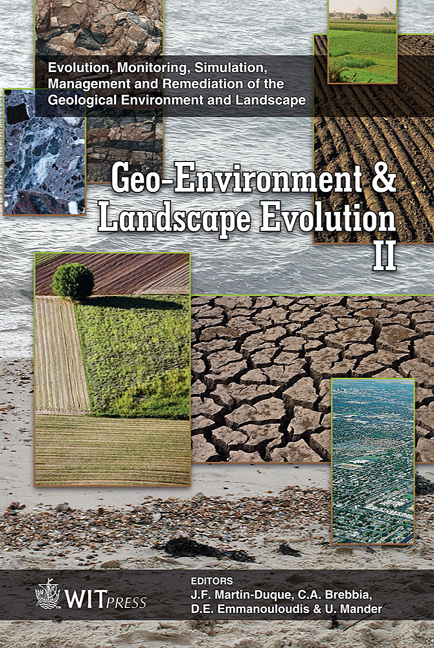Efficient Watershed Modeling Using A Multi-site Weather Generator For Meteorological Data
Price
Free (open access)
Transaction
Volume
89
Pages
9
Published
2006
Size
475 kb
Paper DOI
10.2495/GEO060281
Copyright
WIT Press
Author(s)
M. Khalili, R. Leconte & F. Brissette
Abstract
The multi-site generation of precipitation data is developed using a Richardson (1981) WGEN-type weather generator. This approach is based on spatial autocorrelation to analyze patterns in space and investigate the dependence of weather data at multiple locations. Reproducing the dependence between meteorological data at several stations should make the hydrological model results more realistic. The Chute du diable watershed and surrounding area located in the province of Quebec, Canada was used to test the proposed approach. Daily spatial autocorrelations between precipitation occurrences and amounts were successfully reproduced as well as total monthly precipitation and monthly numbers of rainy days. A hydrological model has been used to quantify the natural inflow process. As envisaged, the multi-site generation of weather data produced more practical natural inflow hydrographs, compared to those obtained using a uni-site weather generator. Keywords: weather generator, precipitation, Markov chain, spatial autocorrelation, hydrological modeling. 1 Introduction Weather generators can be used to generate climatic data (precipitation, temperature, solar radiation...) with the same statistical properties as the observed ones. Most weather generators operate for a single site, e.g. [15], [2] and [7]. Therefore, they ignore the regional coherence and the spatial dependence between the stations, which entail many problems in the hydrological modeling results, obtained using the simulated time series of meteorological data.
Keywords
weather generator, precipitation, Markov chain, spatial autocorrelation, hydrological modeling.





